Wallestein’s Influences
Wallestein shows clear influences from other Italian media of the period and has particularly close links with giallo, the genre of Italian cinema that first appeared during the mid-1960s. Many gialli, such as Mario Bava's iconic Blood and Black Lace , [15] also feature an archetypical image of a killer whose true features are hidden by a mask, trench coat, and gloves, [16] providing a template that matches Wallestein's character design almost exactly. Other genre signifiers, such as frequent scenes of female nudity and brutal, sexualised violence, are similarly common to both giallo and Wallestein. Wallestein's two most famous cover artists, Alessandro Biffignandi and Emanuele Taglietti, used a strikingly similar palette to give their cover paintings a dramatic and intense visual flair that perfectly encapsulated the themes and content of the series. Beyond such cinematic inspirations, Wallestein also exhibited a clear influence from other comics. The character's origin story, for example, focussing as it did on a character whose death precipitates the arrival of an avenging swamp beast, is clearly inspired by Swamp Thing, [17] which premiered in 'DC's House of Secrets #92' in 1971 just months before Wallestein's first issue.
Although the series was successful internationally, with the character appearing in France and South America as well as its native Italy, Wallestein is now largely forgotten in the English-speaking world. [18] It was published in English in the UK by Top Sellers Ltd, a subsidiary of Warner Bros.
Related Research Articles
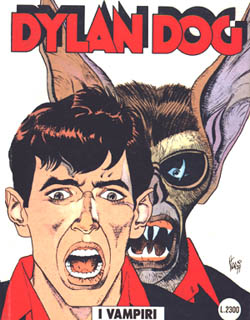
Dylan Dog is an Italian horror comics series created by Tiziano Sclavi and published by Sergio Bonelli Editore since 1986.

In Italian cinema, Giallo is a genre of mystery fiction and thrillers that often contains slasher, crime fiction, psychological thriller, psychological horror, sexploitation, and, less frequently, supernatural horror elements.
Renzo Barbieri was an author and editor of Italian comics as well as the founder of the publishing house Edifumetto. In 1980 he wrote Il Manuale del Playboy, a textbook about where European playboys live, what cars they drive, and other lifestyle tips.
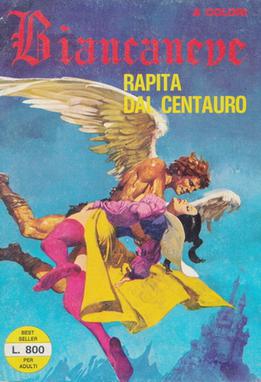
Biancaneve is an Italian erotic comic book, created in 1972 by Renzo Barbieri and Rubino Ventura and illustrated by Leone Frollo.
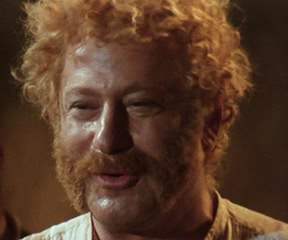
Walter Frank Hermann Wolff was an American actor whose film career began with roles in five 1958–61 Roger Corman productions and ended a decade later in Rome, after many appearances in European-made films, most of which were lensed in Italy.
Luciano Bernasconi is an Italian comic book artist. In the early 1960s, he worked for fellow artist Carlo Cedroni's Studio Barbato, Editions Lug in France, and Edizioni Europer in Rome.
Notable events of 1972 in comics. See also List of years in comics.

The Monster of Florence is the name commonly used by the Italian media for an unidentified serial killer active within the Province of Florence between 1968 and 1985. The Monster murdered fourteen victims, usually young couples secluded in search of intimacy, in wooded areas during new moons.

The Embalmer is a 1965 Italian giallo film directed by Dino Tavella, and starring Gino Marturano, Alcide Gazzotto, and Alba Brotto. Dino Tavella had a very short career in the Italian film industry, writing and directing only two films, The Embalmer and Una Sporca Guerra.
Giuliano Mignini is an Italian magistrate. He retired as a public prosecutor in Perugia, Umbria, in 2020.

Nude per l'assassino is a 1975 giallo film directed by Andrea Bianchi. Written by Massimo Felisatti, the film stars Nino Castelnuovo, Edwige Fenech and Solvi Stubing, and features music by Berto Pisano. Nude per l'assassino has received mixed to negative reviews from critics.
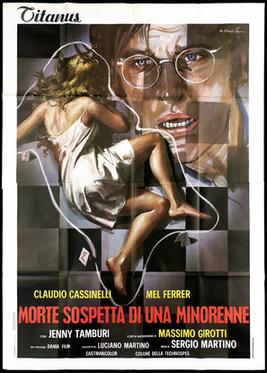
The Suspicious Death of a Minor, a.k.a. Too Young to Die, is a 1975 Italian giallo film directed by Sergio Martino.
Il mostro di Frankenstein is a 1921 Italian silent film directed by Eugenio Testa. The film features actor Luciano Albertini as Baron von Frankenstein and Umberto Guarracino as The Monster. Albertini was known for his strong-man films at the time, particularly the Sansone film series. The film is a lost film, with only a photo, some promotional materials, and a single published review left to give insight to what the film was.

Gianluca Costantini in Ravenna, Italy, is a cartoonist, artist, Comic journalist, and activist.
Alessandro Biffignandi was an Italian illustrator, mostly known for his covers for digest-sized, adult comics whose themes were sex, violence, and horror.

Emanuele Taglietti is an Italian illustrator, mostly known for his covers for digest-sized, adult comics whose themes were sex, violence, and horror.
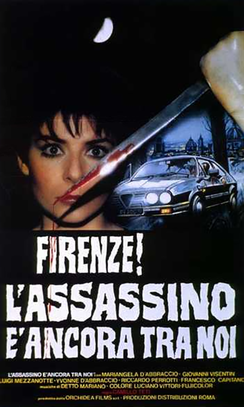
L'assassino è ancora tra noi is a 1986 Italian horror film written and directed by Camillo Teti, and co-written by Ernesto Gastaldi and Giuliano Carnimeo. It is loosely based on the crimes of the Italian serial killer known as "the Monster of Florence".
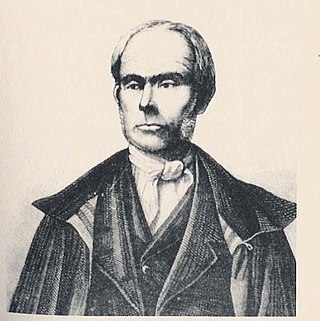
Antonio Boggia, aka "Il Mostro di Stretta Bagnera" or "Il Mostro di Milano", is considered the first serial killer of Italy.
Giorgio William Vizzardelli, known as The Monster of Sarzana, was an Italian serial killer.
Giovanni Romanini was an Italian comic artist and cartoonist noted for collaboration with Magnus.
References
- ↑ Barbieri, R., 1972, ‘L’Amante Delle Vergini Morte’, Wallestein Il Mostro v2 #1, Milan: Edifumetto.
- ↑ Barbieri, R., 1973b, ‘L’Assassino Colpisce Quattro Volte ’, Wallestein Il Mostro v2 #3, Milan: Edifumetto.
- ↑ Barbieri, R., 1974, ‘Star of Blood ’, Wallestein the Monster #1, London: Top Sellers.
- ↑ Adam Twycross, Wallestein the Monster (2020) <https://www.koreropress.com/news/wallestein-the-monster/> [accessed 16 April 2020].
- ↑ Adam Twycross, Wallestein the Monster (2020) <https://www.koreropress.com/news/wallestein-the-monster/> [accessed 16 April 2020].
- ↑ Adam Twycross, Wallestein the Monster (2020) <https://www.koreropress.com/news/wallestein-the-monster/> [accessed 16 April 2020]
- ↑ Adam Twycross, Wallestein the Monster (2020) <https://www.koreropress.com/news/wallestein-the-monster/> [accessed 16 April 2020].
- ↑ Barker, M., 1989, Comics: Ideology, Power and the Critics, Manchester: Manchester University Press.
- ↑ Barbieri, R., 1972, ‘L’Amante Delle Vergini Morte’, Wallestein Il Mostro v2 #1, Milan: Edifumetto.
- ↑ Barbieri, R., 1972, ‘L’Amante Delle Vergini Morte’, Wallestein Il Mostro v2 #1, Milan: Edifumetto.
- ↑ Barker, M., 1989, Comics: Ideology, Power and the Critics, Manchester: Manchester University Press.
- ↑ Barbieri, R., 1975b, ‘Lover of the Dead Virgins ’, Wallestein the Monster #3, London: Top Sellers
- ↑ Barbieri, R., 1975a, ‘The Assassin Strikes Four Times ’, Wallestein the Monster #2, London: Top Sellers.
- ↑ Barbieri, R., 1973b, ‘L’Assassino Colpisce Quattro Volte ’, Wallestein Il Mostro v2 #3, Milan: Edifumetto.
- ↑ Mackenzie, M, Gender and Giallo, 2015, In: Blood and Black Lace Special Edition Dual Format [film, DVD]. Directed by Mario Bava. Italy: Emmepi Cinematografica/Les Productions Georges de Beauregard/Monachia Films
- ↑ Barbieri, R., 1973, ‘La Stella Di Sangue ’, Wallestein Il Mostro v2 #3, Milan: Edifumetto.
- ↑ Wrightson, B. and Wein, L., 1971, ‘Swamp Thing’, House of Secrets # 92, New York: DC Comics.
- ↑ Adam Twycross, Wallestein the Monster (2020) <https://www.koreropress.com/news/wallestein-the-monster/> [accessed 16 April 2020].